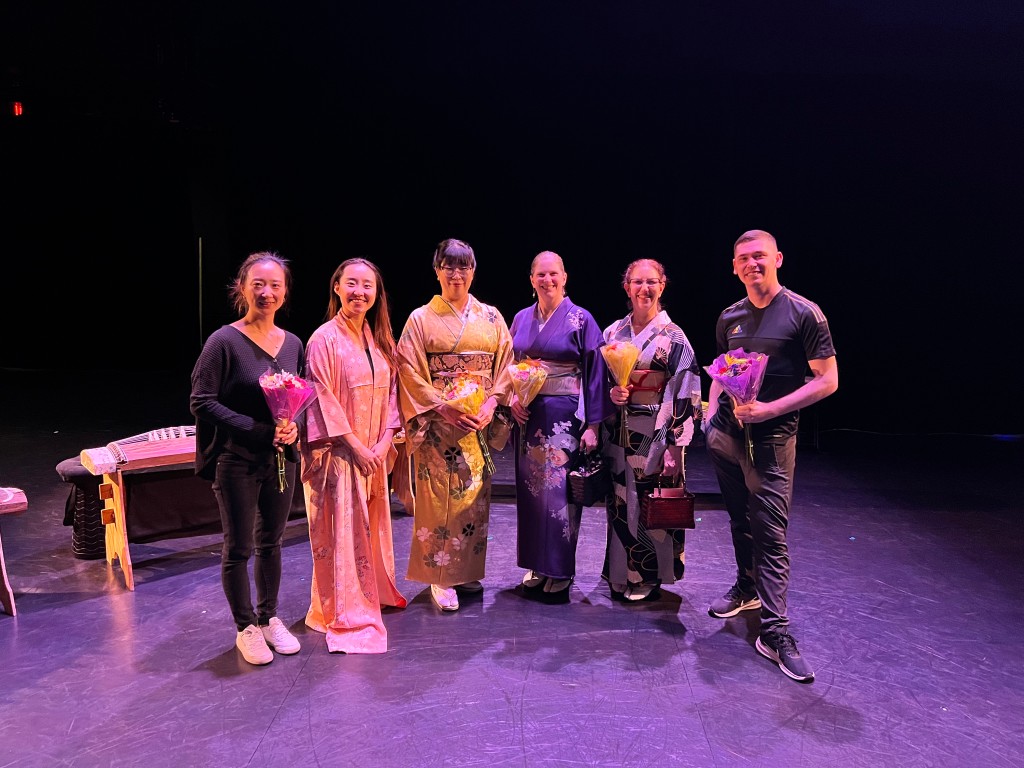I have been searching for who I am as an artist. And getting into the beginning stage of my thesis, I pondered the experience of being a Japanese female contemporary artist in the United States. I have my own unique experience of how did I arrive at this point in my life. However, I was curious to hear the story of precedents.
Over this spring semester, I have researched one Japanese female contemporary artist, Saeko Ichinohe. Saeko Ichinohe came to the U.S. in 1968 and since then she performed/choreographed/taught dance as a cultural exchange experience. She was inspired by Japanese culture, philosophy, poems, and literature. She was well-known for bridging Western concert dance and Nihon Buyoh (Japanese traditional dance). She passed away in 2021 though I was fortunate to access her choreography through Labanotation. I chose “Chidori” because she notated the choreography by herself in 1972. I wanted to know her movement pattern through how she notates.
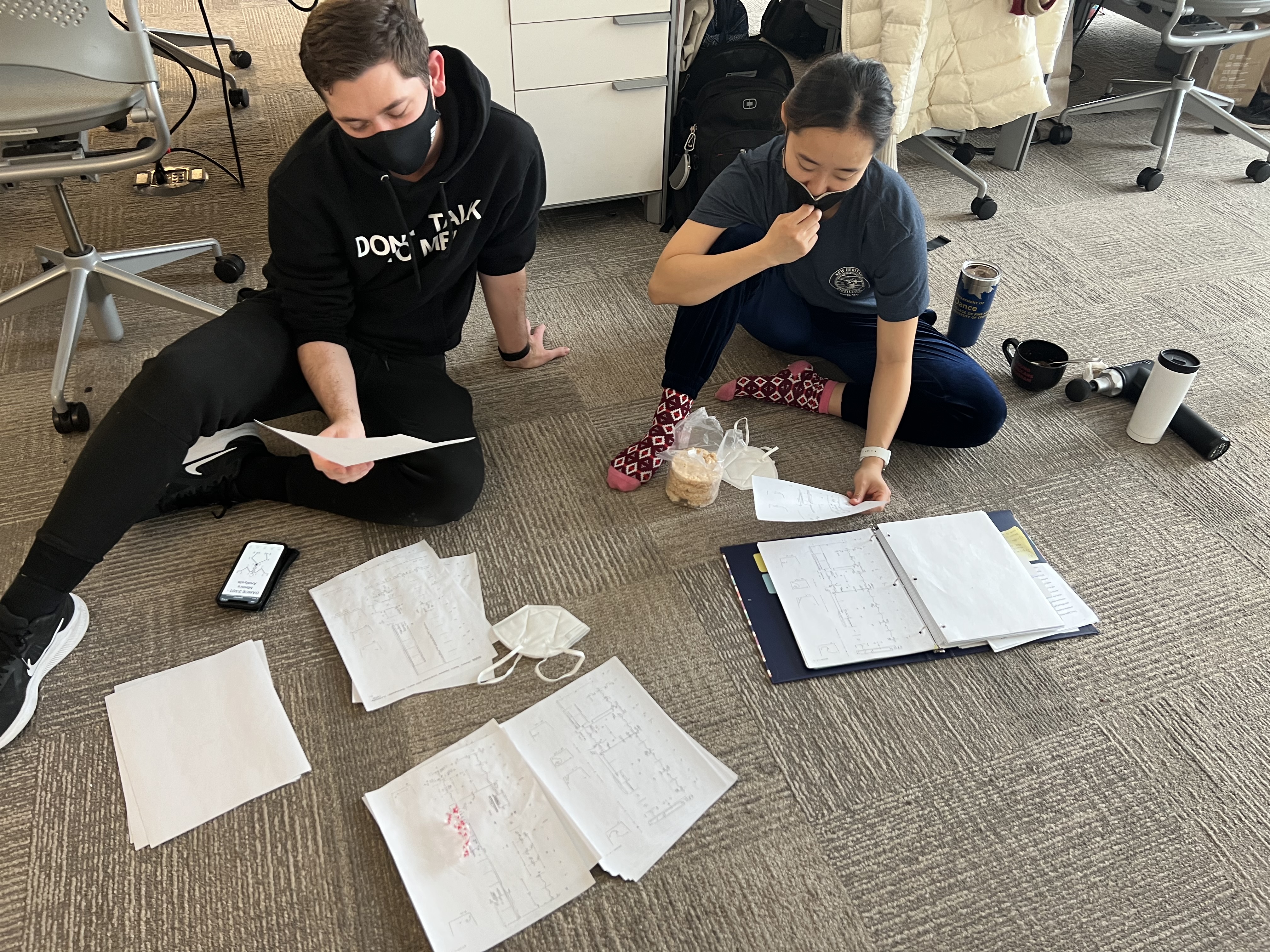

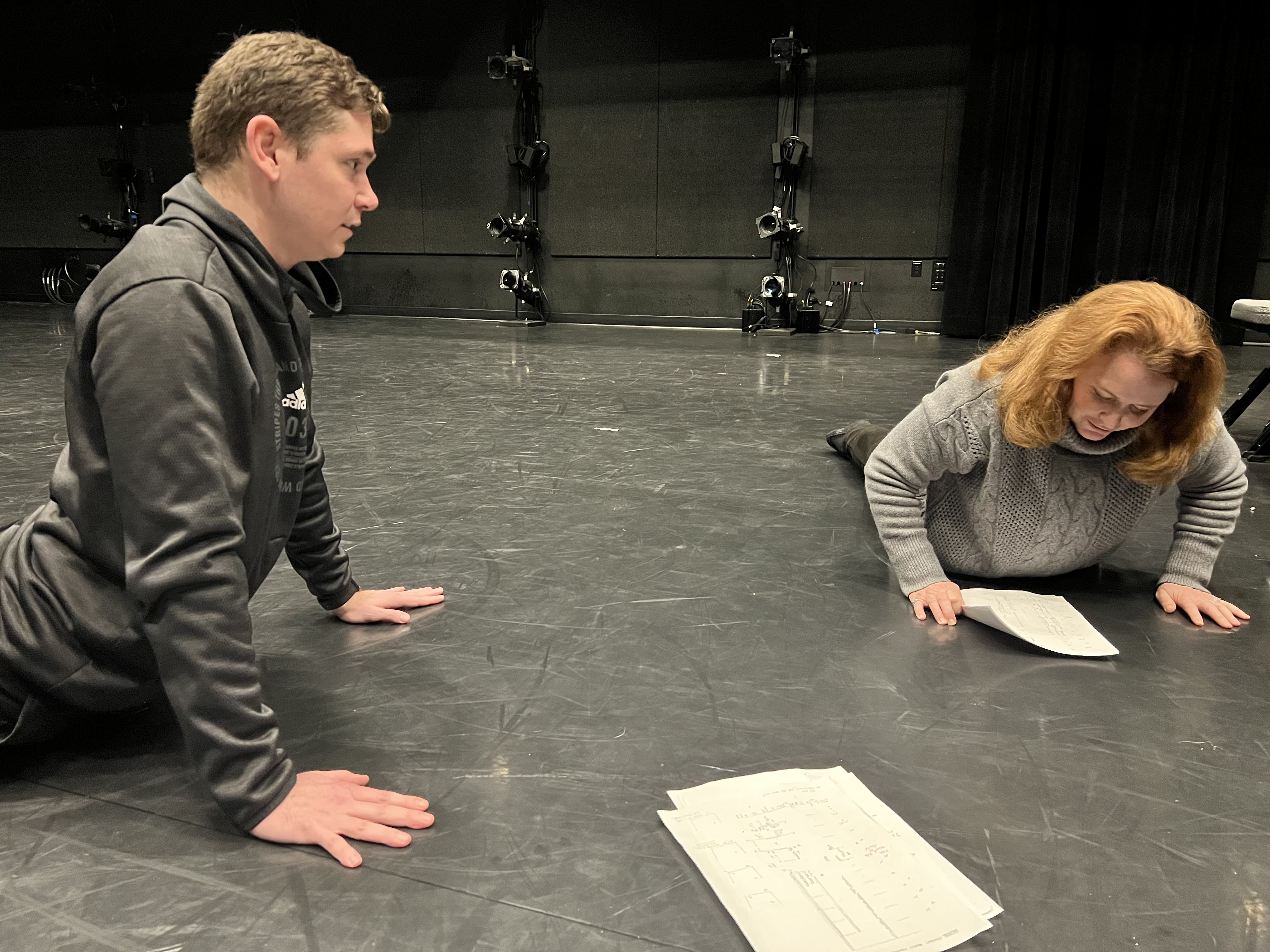
I asked for help with reading scores from Dr. Williams and my cohort, Forrest Hershey. We met two times a week to read and move our bodies to connect with Ms.Ichinohe kinesthetically. She emphasized the location and direction of the weight. Weight drives the movement the most and clearly draws the space between two dancers. “Chidori” is a love story between a fisherman and a bird, so I imagined that she has a specific instruction to deliver this story.
I wanted to know more about her artistic journey outside of notation score. I have researched her online yet there were only a few materials available. Then I found out that there are a couple of her personal archives are stored at New York Public Library. So, I decided to go to New York City in March to trace her footsteps. At the library, I watched many video recordings and read her artistic statements, CV, company record, and choreography notes. All the materials help me to understand her deeper than it used to be. Also, I visited all the locations she filed as her company locations and performance venues. Even though our paths did not cross, through her archives I could know her and her passion deeply. Sharing the same space where she practiced, performed, and choreographed was meaningful to me. I summarize my research journey on Saeko Ichinohe in a short documentary film.

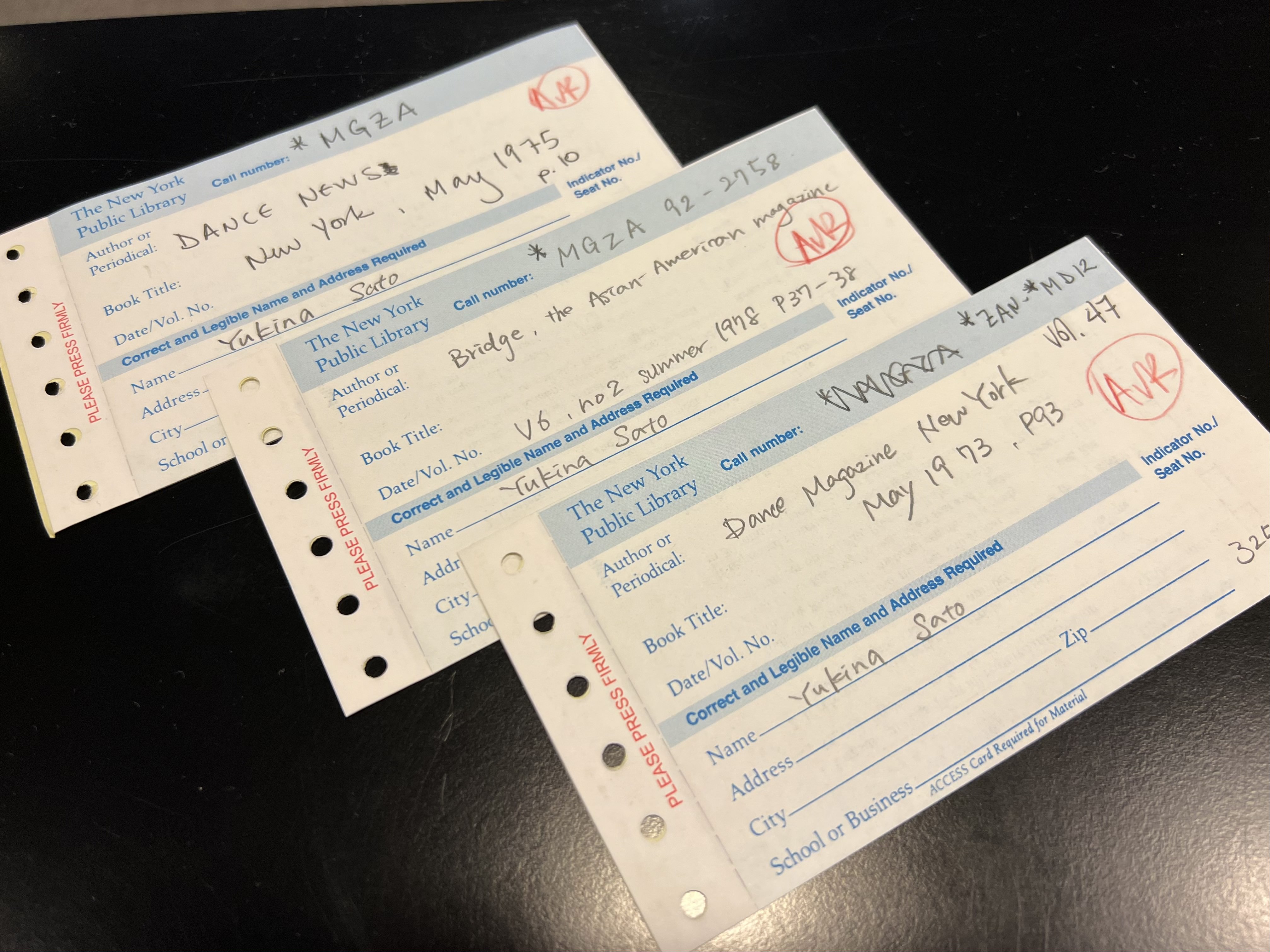
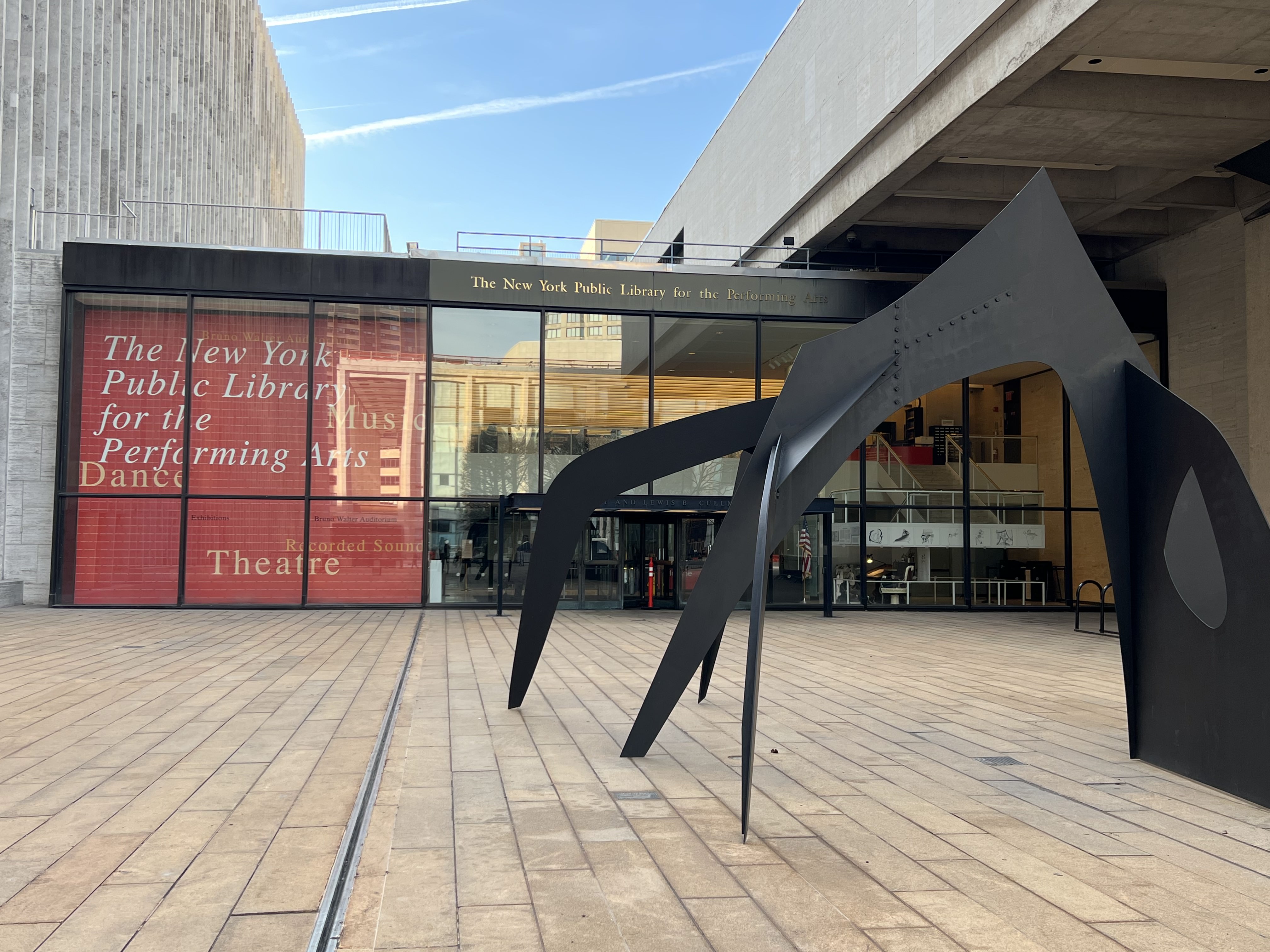
Tracing her footsteps made me think about how I want to proceed with my career as a contemporary performing artist. Ms.Ichinohe made the most of her Japanese upbringing and integrated it with her primary dance training; ballet, and modern dance. I have a similar background in former movement practice as her. Although, I have a huge resistance to being perceived to be unique because of my cultural heritage. I was born and raised in Tokyo, Japan where I can encounter many people visit from around the world. And since I came to the United States in 2016, I have absorbed multiple cultures into my body. However, I cannot get rid of the labels such as “female”, “East Asian,” and “Japanese” from my body. When I stand on the stage my body speaks out louder than who I am. Therefore, dancing serves me how to free myself from the labels. How I can challenge my audience to see my authenticity that is coded in the movements that I create. This question was the start of my solo practice.
The research journey concluded on 4/16 performance “Transcendence -時を超えて-” with amazing collaborators, Columbus Koto Ensemble/ Forrest Hershey/ Yujie Chen. I also have huge thanks to Dr. Williams, the Institute of Japanese Studies, and the Center for Ethnic Studies to make this performance happen.
What’s next?
